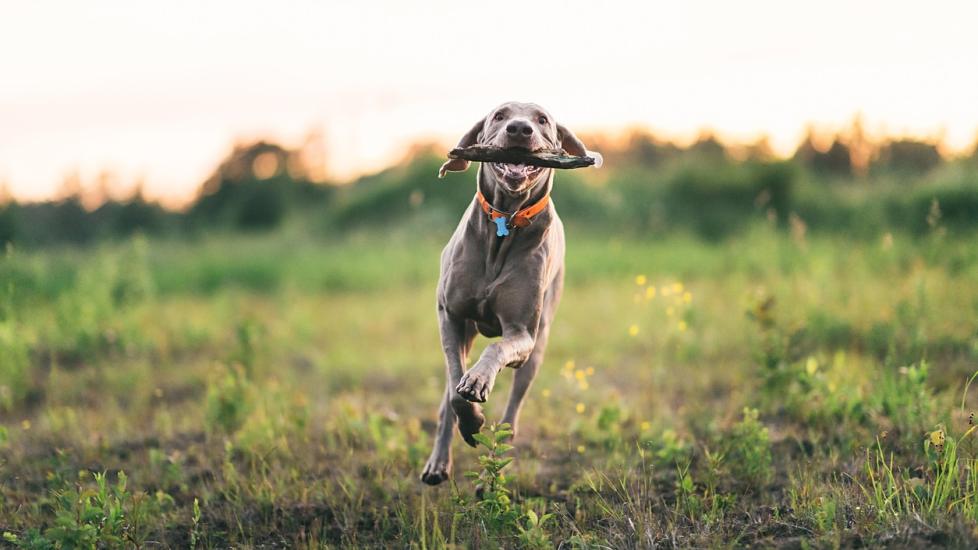Breed Overview:
– Lifespan: 9–12 years
– Coat Length: Short to medium
– Alias(es): Weims, Grey Ghost
– Height: Males: 65–70 cm (26–28 inches); Females: 63–69 cm (25–27 inches)
– Place of Origin: Germany
– Body Size: Large
– Shedding Level: Moderate to heavy
– Trainability: Eager to please; requires consistent training
Introduction:
The Weimaraner is a large, versatile hunting dog with a sleek silver-grey coat that has earned it the nickname “Grey Ghost”. Originally bred for its skills in tracking and pointing game, this intelligent breed is now also popular as a family companion due to its affectionate nature. The Weimaraner is known for its speed, stamina, and agility, which make it excel at activities like field trials, obedience competitions, and even agility courses. Despite their friendly demeanor, they require ample exercise and early socialization to prevent behavioral issues common in high-energy dogs.
History & Origins:
Developed by German nobility in the mid-19th century, the Weimaraner was initially used for hunting big game such as boar and deer. As these became protected species, the breed shifted towards smaller prey and eventually became prized as all-purpose gun dogs. They were recognized by major kennel clubs worldwide and gained popularity among hunters and sportsmen for their versatility and endurance.
Key Characteristics:
Weimaraners are characterized by their distinctive coloration, athletic build, and strong swimming ability. Their eyes can be amber or blue, depending on when pigmentation occurs during development. They have a deep chest, straight back, and long legs designed for running over varied terrain. Their coats are short to medium in length and low maintenance but shed moderately.
Temperament:
Energetic and eager to please, Weimaraners thrive on human companionship and enjoy being part of an active lifestyle. They are loyal and protective of their families while generally good with children if properly trained and supervised due to their size. Early socialization is crucial to ensure they develop well around other pets and strangers.
Exercise Needs:
This is a highly active breed that needs plenty of daily physical activity and mental stimulation. A minimum of one hour of vigorous exercise per day is recommended, including free runs, fetch games, and organized sporting events if possible. Without adequate outlets for energy, Weimaraners may become destructive or exhibit unwanted behaviors.
Training Tips:
Weimaraners respond best to positive reinforcement techniques and need firm, consistent leadership from an experienced owner who understands the challenges of training a working dog. They can be sensitive to harsh treatment and may benefit from reward-based methods such as treats and praise. Obedience training should begin early to establish clear boundaries and rules.
Health Considerations:
Common health concerns include hip dysplasia, bloating, eye disorders, progressive retinal atrophy (PRA), and von Willebrand disease (a bleeding disorder). Regular veterinary check-ups and maintaining a healthy diet can help manage these conditions. Responsible breeding practices aim to reduce the incidence of hereditary diseases.
Conclusion:
For those willing to provide the necessary time, space, and commitment, the Weimaraner makes a wonderful addition to households where there is someone home most of the time. This adaptable breed continues to impress with its versatility as both a hunter and beloved family member.
